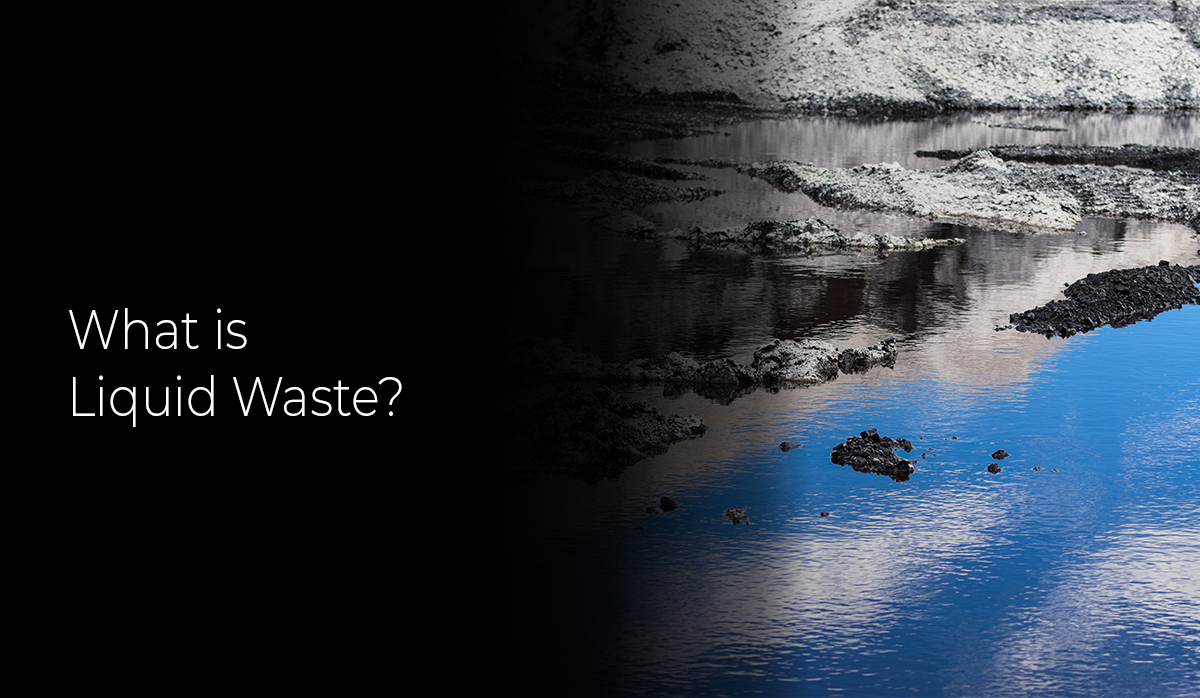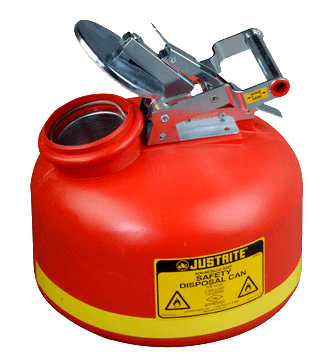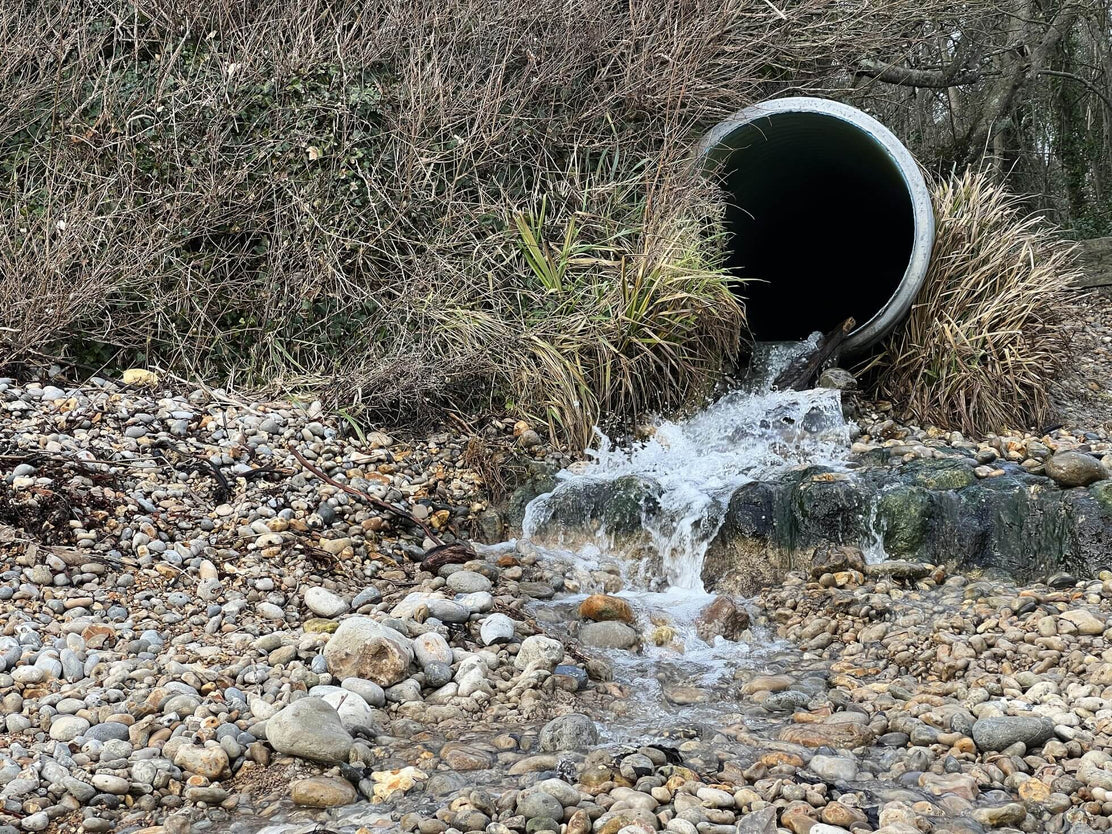Top Liquid Waste Disposal Melbourne: Trusted Services for Proper Waste Management
Top Liquid Waste Disposal Melbourne: Trusted Services for Proper Waste Management
Blog Article
How Liquid Waste Disposal Works: A Detailed Introduction of Techniques and Technologies Utilized

Introduction of Fluid Waste Kind
The intricacy of fluid waste types requires a detailed understanding of their features and implications for disposal. Liquid waste can broadly be categorized right into numerous types, consisting of commercial, metropolitan, farming, and unsafe waste. Each classification displays distinctive buildings, calling for certain management strategies to reduce environmental and health threats.
Industrial fluid waste originates from manufacturing processes and often has a series of pollutants, such as heavy steels, solvents, and natural compounds. Municipal fluid waste, mainly comprising wastewater from houses and business establishments, has natural matter, nutrients, and microorganisms (industrial wastewater treatment). Agricultural fluid waste, including drainage from farms, might include fertilizers, chemicals, and animal waste, positioning dangers to water quality and ecosystems
Harmful fluid waste is characterized by its toxicity, reactivity, or prospective to create harm. Comprehending these diverse fluid waste types is critical for developing effective disposal techniques and making sure conformity with environmental guidelines.
Physical Therapy Approaches

Testing is the initial step, where larger particles and particles are gotten rid of from the fluid waste using screens or grates. This procedure shields downstream tools from damages and guarantees smoother procedure. Adhering to testing, sedimentation uses gravitational force to different solids from fluids. In sedimentation tanks, heavier fragments clear up near the bottom, forming a sludge layer, while the clarified liquid can be further dealt with.
Purification is one more vital method that entails passing the fluid via permeable materials, such as sand or membrane layers, to capture smaller sized bits. This step enhances the high quality of the liquid, making it appropriate for subsequent therapy procedures.

Chemical Therapy Techniques
Chemical therapy techniques are essential for successfully managing liquid waste, especially in dealing with liquified and colloidal contaminants that physical techniques might not sufficiently get rid of. These strategies utilize different chemical representatives to counteract, speed up, or transform harmful substances into less harmful kinds.
One common approach is coagulation and flocculation, where chemicals such as alum or ferric chloride are added to promote the gathering of put on hold particles. This procedure enhances sedimentation, permitting for much easier elimination of the resulting sludge. In addition, oxidation processes, using agents like chlorine or ozone, are utilized to damage down complicated natural substances and pathogens, making the waste safer for discharge or further treatment.
Neutralization is one more critical method, which changes the web pH of acidic or alkaline waste streams to neutral degrees, stopping potential damage to downstream systems and the environment. Furthermore, advanced oxidation processes (AOPs) use combinations of oxidants and ultraviolet light to break down persistent toxins, attaining a greater degree of therapy effectiveness.
Organic Therapy Procedures
Biological treatment procedures play an important role in the monitoring of liquid waste by utilizing microbes to decay organic issue and decrease pollutant levels. These processes can be extensively classified into cardiovascular and anaerobic treatments, each employing specific microbial communities to attain effective waste degradation.
Aerobic treatment entails using oxygen to help with the break down of organic materials by germs. This process is commonly implemented in turned on sludge systems, where oygenation tanks provide a favorable setting for microbial growth, causing the oxidation of natural toxins. The resultant biomass can be separated from treated effluent through sedimentation.
In contrast, anaerobic treatment happens in the absence of oxygen, counting on various germs to damage down raw material. This method is specifically useful for high-strength waste, as it creates biogas, a renewable resource source, while lowering sludge manufacturing. Technologies such as anaerobic digesters are frequently employed in commercial and community applications.
Both anaerobic and aerobic biological treatments not only reduce the ecological effect of liquid waste however additionally assist in source recuperation, making them vital components of lasting waste management methods. Their effectiveness, versatility, and efficiency sustain their prevalent execution throughout various fields.
Emerging Technologies in Disposal
Cutting-edge methods to fluid waste disposal are swiftly progressing, driven by advancements in technology and an enhancing emphasis on sustainability. Amongst these arising modern technologies, go to the website membrane layer bioreactors (MBRs) have actually gained traction for their ability to incorporate organic therapy with membrane filtering, causing high-quality effluent that can be reused in numerous applications. MBRs make it possible for smaller sized impacts and extra reliable procedures contrasted to standard systems.
Another appealing growth is using anaerobic digestion combined with nutrient recovery modern technologies, which not just deals with fluid waste yet also produces biogas and recovers valuable nutrients like nitrogen and phosphorus. This dual advantage improves resource effectiveness and lowers you can try these out environmental influence.
Furthermore, advanced oxidation procedures (AOPs) are being taken on for the degradation of complicated organic toxins. These methods use effective oxidants and drivers to damage down impurities at the molecular degree, supplying a highly reliable option for challenging waste streams.
Additionally, the integration of expert system and machine understanding in waste management systems is enhancing functional effectiveness and predictive maintenance, resulting in reduced prices and improved environmental compliance. These innovations show a substantial shift in the direction of more lasting and efficient liquid waste disposal techniques.
Conclusion
In final thought, efficient liquid waste disposal necessitates a detailed understanding of numerous strategies and modern technologies. The assimilation of physical, chemical, and biological treatment approaches ensures the efficient management of varied waste types. Furthermore, the development of innovative modern technologies enhances treatment efficacy and promotes sustainability in waste monitoring practices. By constantly advancing these methods, it ends up being feasible to attend to the expanding challenges related to liquid waste, inevitably adding to ecological security and resource healing.
Fluid waste disposal is an essential element of ecological management, requiring a detailed understanding of various strategies and innovations customized to various waste types. Fluid waste can extensively be classified into a number of types, consisting of commercial, metropolitan, farming, and hazardous waste. Agricultural liquid waste, including overflow from ranches, may consist of fertilizers, chemicals, and pet waste, posturing dangers to water high quality and communities.
Various physical treatment techniques play an important duty in managing liquid waste properly - industrial wastewater treatment.In conclusion, efficient fluid waste disposal necessitates a detailed understanding of various techniques and technologies
Report this page